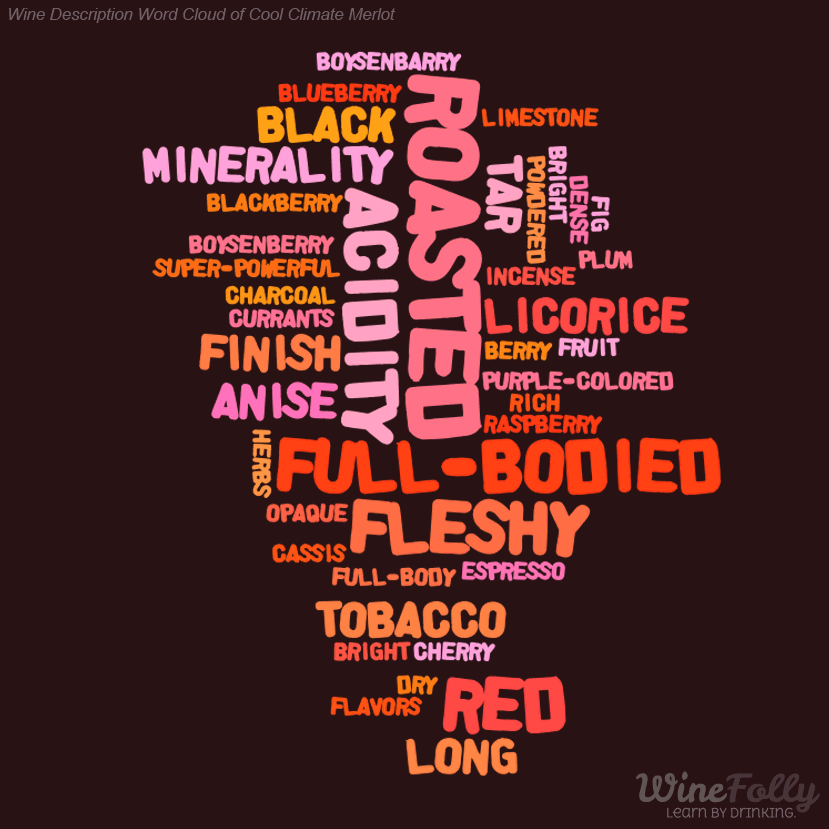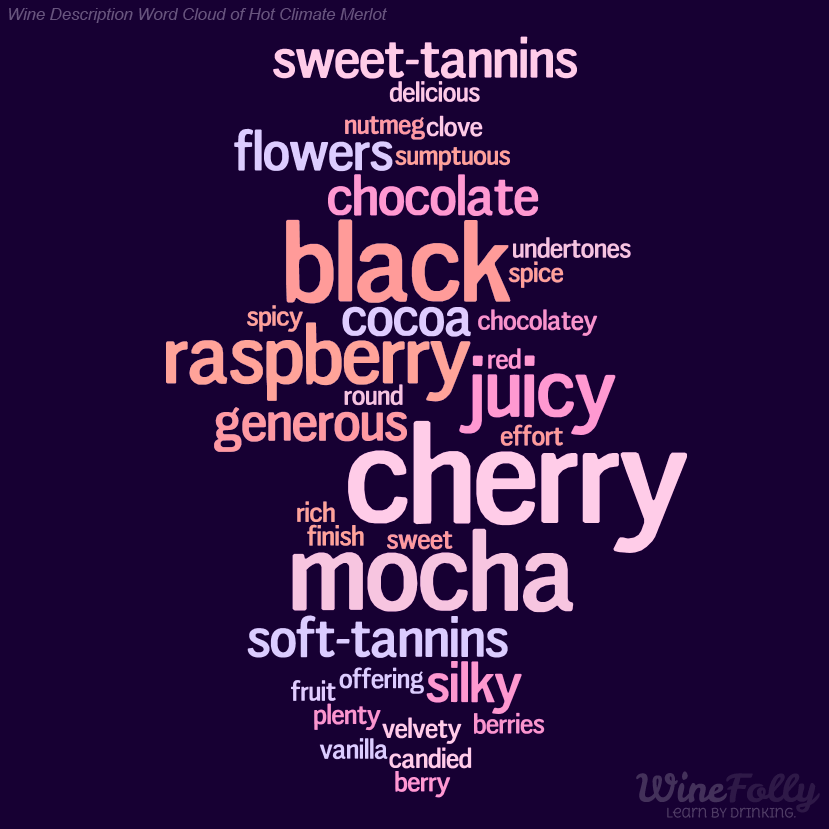The real secret about Cabernet vs Merlot is that they’re very closely related. But the question still stands:
Which one should I get?

Cabernet Sauvignon
Pick a Cabernet if you want…
- savory black currant and pepper flavors
- higher tannin
- longer finish
- a great gift wine
- drinks well without food
Merlot
Pick a Merlot if you want…
- fruit-driven plum and cherry flavors
- less tannin
- smoother finish
- cheaper
- food pairing partner
Which is Sweeter? Cabernet vs. Merlot
Technically neither but, as a matter of taste, Merlot tends to taste more fruity and thus, sweeter. Of course, this very much depends on where it’s from.
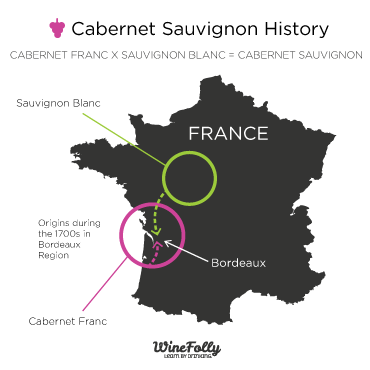
A lil’ History on Merlot and Cabernet Sauvignon
Both Merlot and Cabernet Sauvignon came into being sometime during the 1600s and 1700s in the Bordeaux region of France.
Since then, the two grapes became the two most popular red wine varieties in the world (by sheer acreage). What’s surprising is that both wine varieties share Cabernet Franc as a parent grape.
This means they’re siblings! (well, half-siblings–if you want to nit-pick).
Which is bolder? Cabernet vs. Merlot?
If both wines are produced in the same manner from the same area, Cabernet Sauvignon tastes bolder because of its high tannin content. However, that doesn’t mean Merlot doesn’t pack a punch!
If you are looking for bolder Merlot wines, start in the warmer climate regions (such as the North Coast of California). Keep your eyes peeled for Merlot from hillside estates. When the grapes are more exposed to more sun and wind (on the hills) they produce ticker-skinned grapes and thus, bolder tannins.

Styles of Merlot and Cabernet Sauvignon
Where the wine is grown will also greatly affect the flavor. For instance, Merlot from Bordeaux tastes more savory than Merlot from California. Regions are generally split into two styles, often referred to as “old world” and “new world.”
Cool Climate Cabernet & Merlot
Cool climate wines are more structured with a higher presence of tannin and earthy flavors like tobacco and tar. Some cool climate Merlot are mistaken as Cabernet Sauvignon.
France, Italy, Chile*, South Africa*
A classic example of cool climate Merlot and Cabernet wine is from Bordeaux. For Merlot-based wines look for St. Émilion, Pomerol and Fronsac. For Cabernet-based red wines look for Médoc and Pessac-Léognan.
*Both Chile and South Africa typically have both high herbal/savory flavors as well as fruit.
Examples
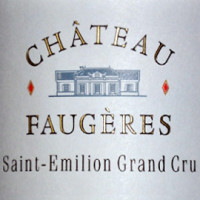
Château Faugères a Merlot-based wine from the right-bank (St. Èmilion) in Bordeaux with serious fruit presence.

Château Sénejac a Cabernet-based wine from the left bank (Haut-Médoc) in Bordeaux with serious tannin presence.
Hot Climate Cabernet & Merlot
Warm climate wines are more about fruit flavors and tannin is less prevalent. Some warm climate Cabernet Sauvignon are mistaken for Merlot. Some producers use oak-aging to give wine more structure.
California, Australia, Argentina, Washington
For good values on Cabernet and Merlot check out California, South Australia and Mendoza, Argentina. If you’re looking for high quality Merlot and Cabernet Sauvignon, hone your focus in on Napa Valley, Paso Robles, Columbia Valley (in Washington State) and Coonawarra (in Australia).
Examples
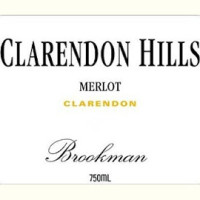
Clarendon Hills Merlot a rich fruity Merlot with abundant herbal notes and bottle age from Australia.

Decoy Cabernet Sauvignon a second label of Duckhorn producing a great entry-level Cabernet Sauvignon with savory black currant and olive notes.


